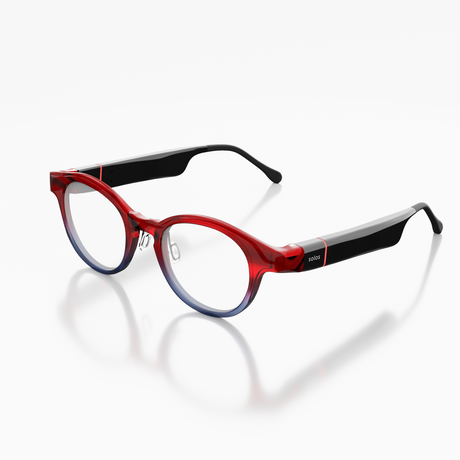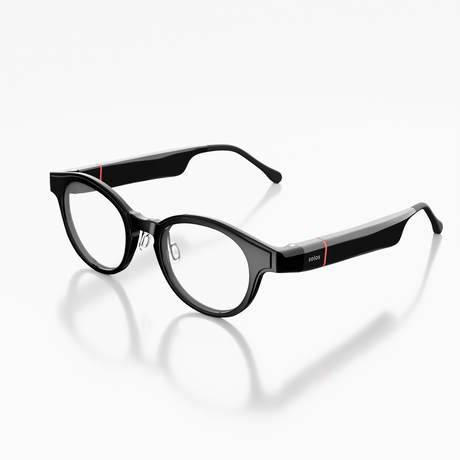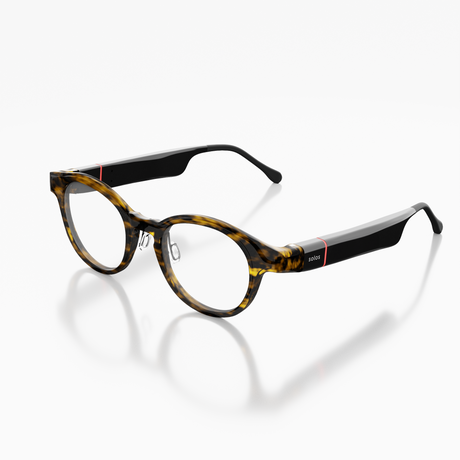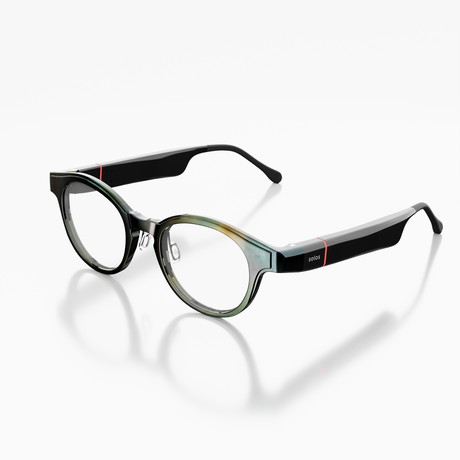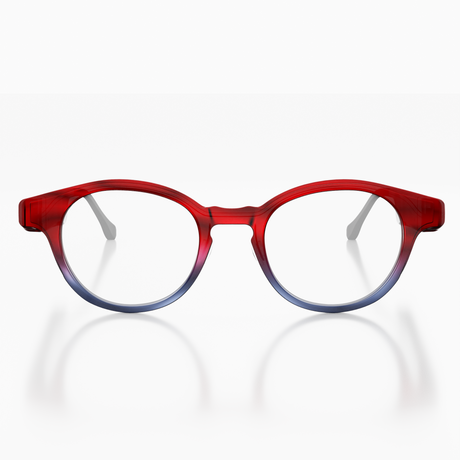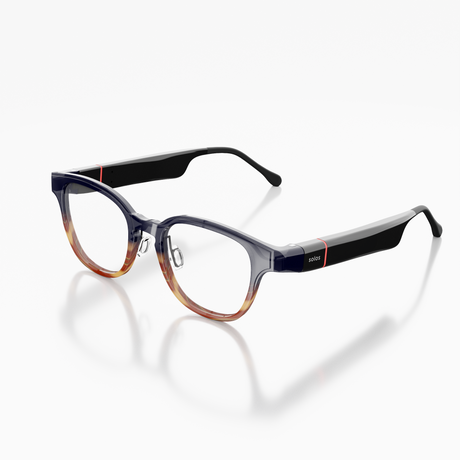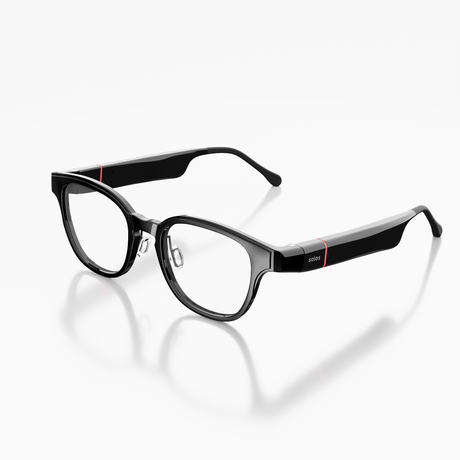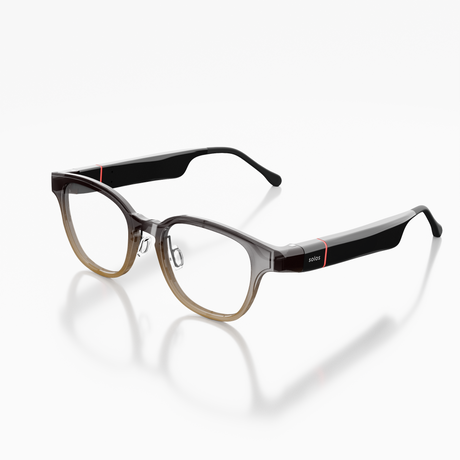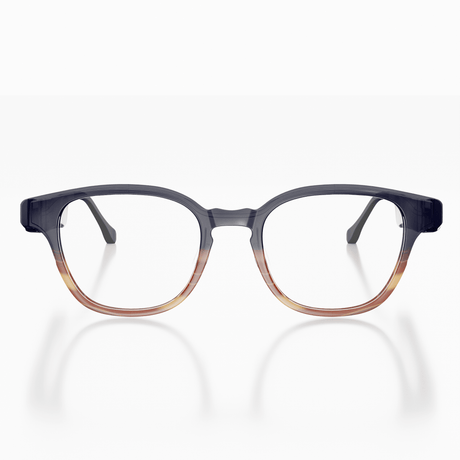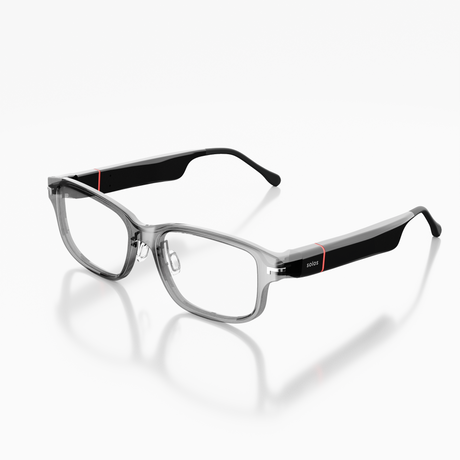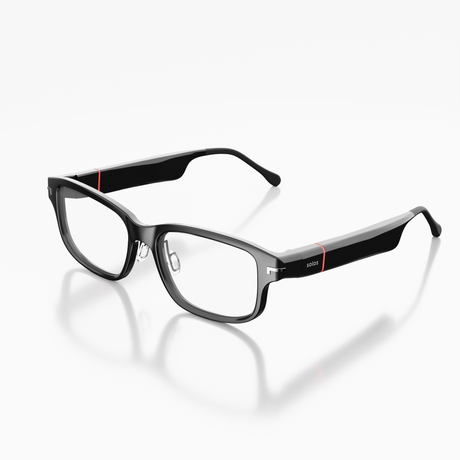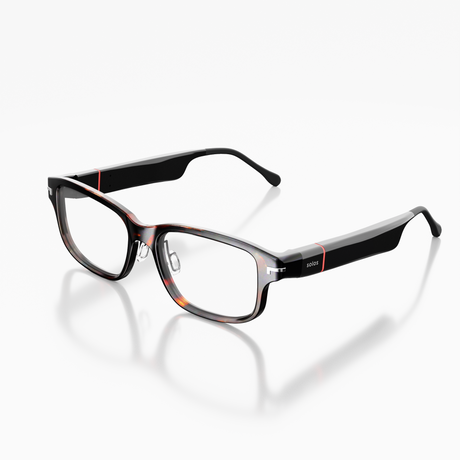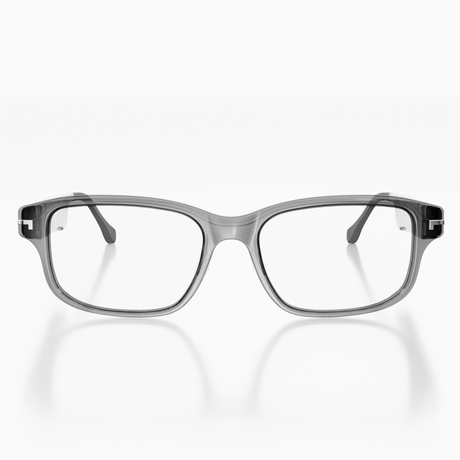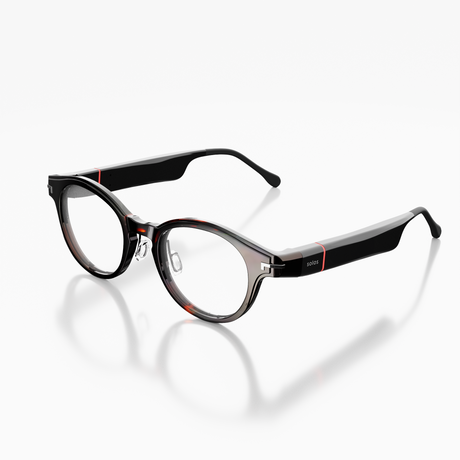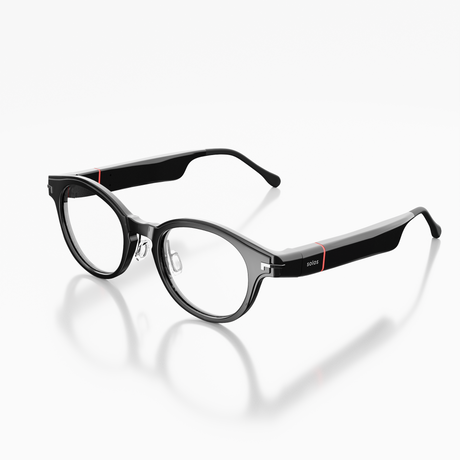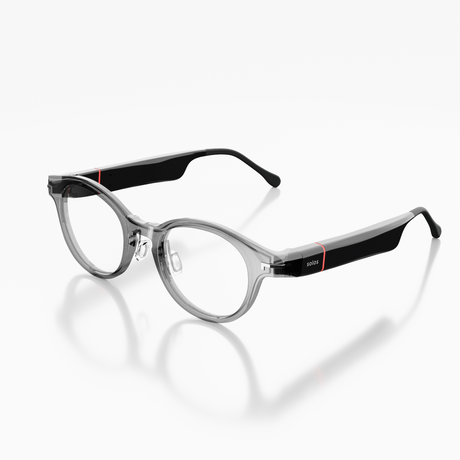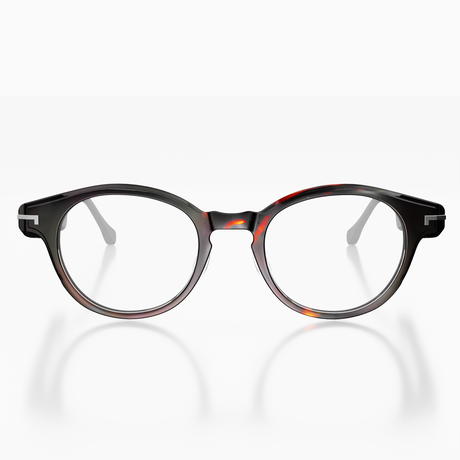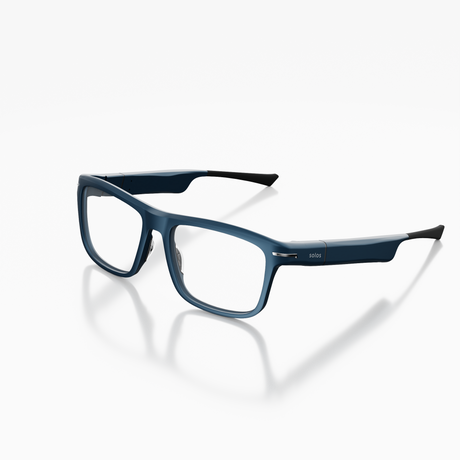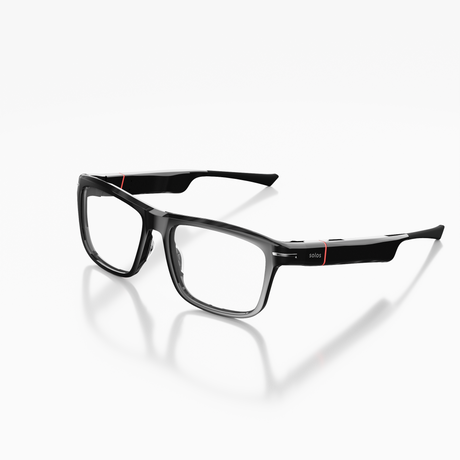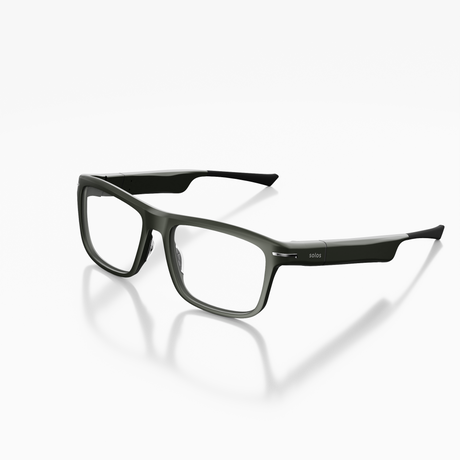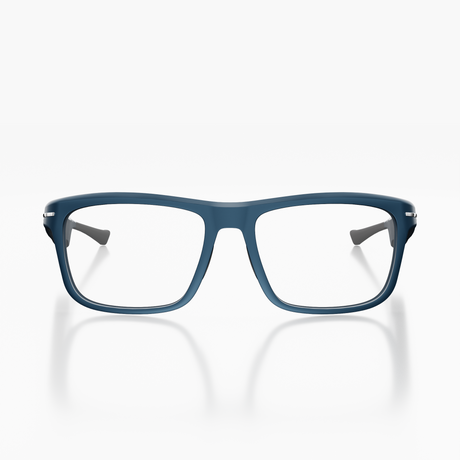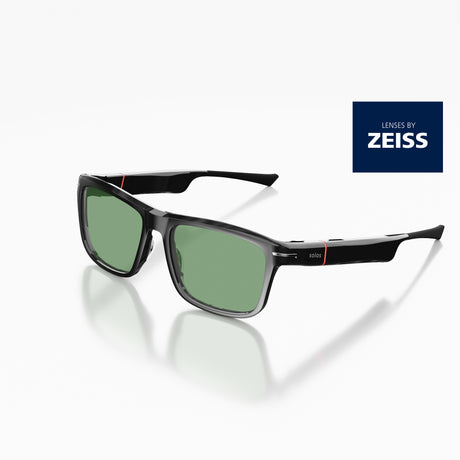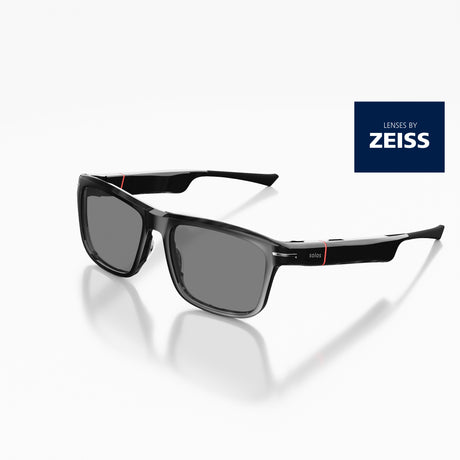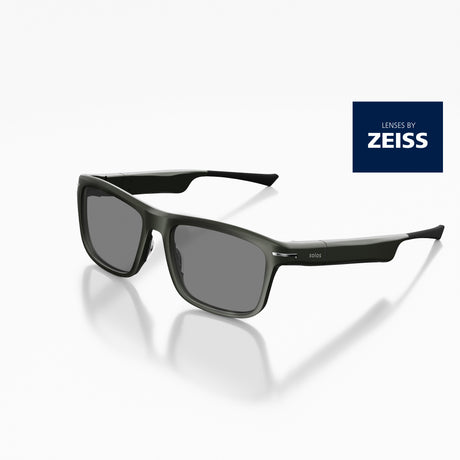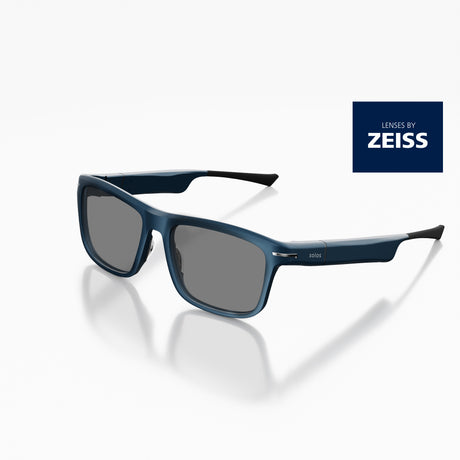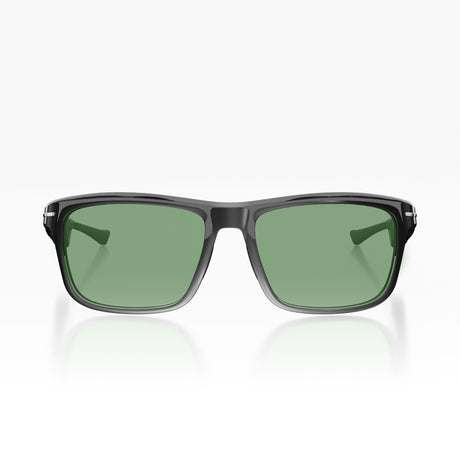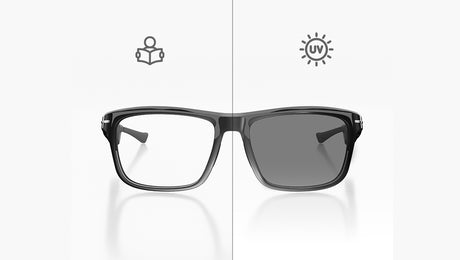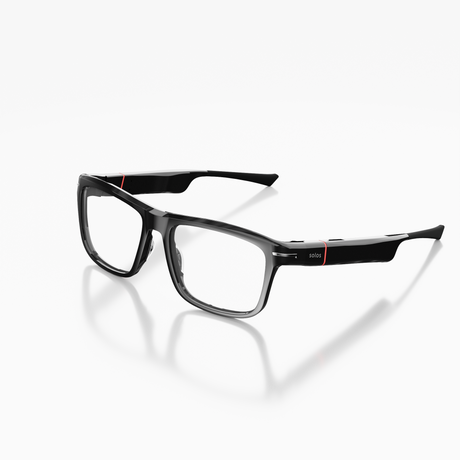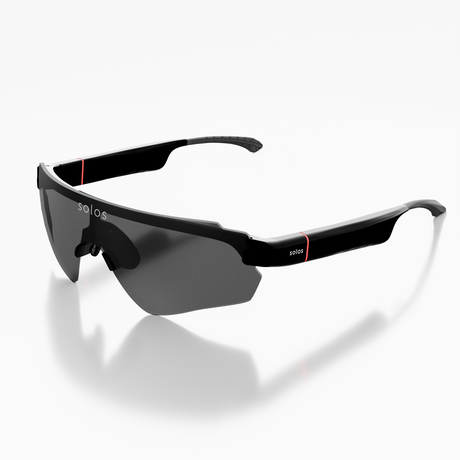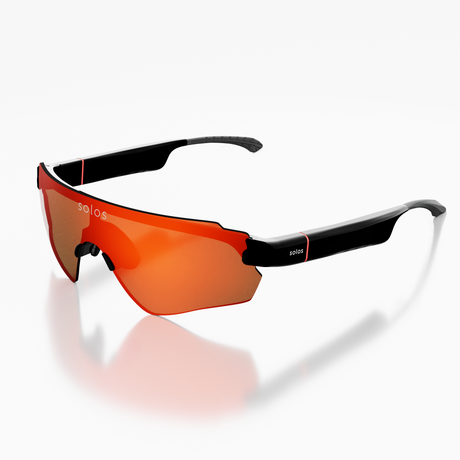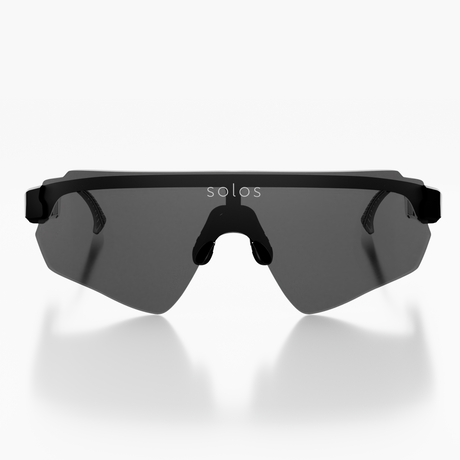Another CES has wrapped up, and while not fully back to its glittery self, the show still managed to create quite a buzz in the electronics world. Attendance was about half of its typical 150,000 as hundreds of companies still touted their wares and I’m excited to share with you what I discovered.
I reported on the show from the safety of my home office, which was a bit of a letdown because I really enjoy walking the aisles of the show, visiting the exhibits of both large and small companies. It’s the small ones, in particular, that seem to catch my eye as they seek to make a name for themselves. I feel it was a real loss for them because I know they rely on the chatter created around being seen at the show and grabbing the industry’s attention.
Figure 1: The crowd was half its normal size but still enthusiastic.
As we know, a virtual show just can’t do justice to what a live show can do. However, most companies improvised the best they could. As I mentioned in my coverage of the early part of the show, several companies decided to change their travel plans, opting out being at the Las Vegas arena. One keynote speaker, T-Mobile’s CEO Mike Sievert, even canceled his presentation. Others decided to give their presentations in a virtual format.
I still feel the show was a success as many new products, processes, and technological advancements were on display, and I reviewed many major announcements. Those that were there or presented their new advances were the winners.
Some of electronics’ largest companies, namely Intel, NVIDIA, and AMD, did not attend the show in person, opting to make their major announcements remotely on Tuesday, Jan. 3.
For the market in any category, competition is great for the consumer. To put things in perspective, let’s consider the competition between the two most capable and popular CPUs in the computer industry—Intel and AMD. For years, the performance/capabilities of CPUs only slowly improved while prices for higher-end units rose considerably. A few years ago, AMD announced its Ryzen series with greater performance and competitive prices while Intel seemed stuck in its 14nm geometry, all the while raising its prices for the consumer. As you might expect, when AMD announced its very capable Ryzen series, the company gained considerable market share. A few months ago, Intel launched the 12th-gen Alder Lake desktop processors with new architecture to unlock performance important to a variety of computer users, from gamers to productivity users. As the new i7 and i9 chips use new, smaller geometry along with reasonable pricing, Intel started to gain back share. This week at CES, AMD countered.
Figure 2: Lisa Su discusses the Ryzen laptop.
In her keynote address, AMD President and CEO Lisa Su said the company is releasing 20 new Ryzen 6000 series laptop processors in February, and three new Radeon RX 6000S GPUs, designed for thin gaming laptops. She reported that ultrathin gaming laptops were the fastest-growing PC segment, selling three times faster than traditional gaming laptops. Su also announced a partnership with Microsoft using the new Microsoft Pluton technology as well as the new 40Gbps Radeon RX 6000S GPUs USB4 laptop connection platform.
Figure 3: The AMD USB4 laptop platform.
AMD is also releasing five new Radeon RX 6000M GPUs for premium gaming laptops, along with two new desktop gaming graphics cards: the Radeon RX 6500 XT, available Jan. 19 for $199, and the Radeon RX 6400, available in prebuilt systems by mid-summer.
But Intel refuses to go quietly into the night on this front. At CES, Intel’s keynote was delivered by Gregory Bryant, executive vice president and general manager of the Client Computing Group. He announced that Intel is expanding 12th Gen CPU further with a new KS-series desktop processor with a 5.5GHz on multi-core performance.
“This processor takes performance to all new heights it has a whopping 5.5 gigahertz single-core turbo right out of the box,” Bryant said of the new chipset. “And with optimizations for performance cores, we can get above five gigahertz on multi-core performance.”
Figure 4: Intel’s new CPU.
And what about NVIDIA? The company made its own major announcements during CES, including new additions to its 3000 series GPUs, including the GeForce RTX 3060 and RTX series GPUs designed for powerful studio and gaming laptops. With so many working from home who do not have a powerful desktop computer but still need or just want the amazing capabilities of an RTX capable GPU, this is a big deal. The video gaming industry has now grown to the $300 billion with most of that in the portable category. The portable users want the high-quality ray tracing stutter-free graphics available on PC gaming so the new RTX mobile processors for the studio and gaming capable new notebooks and portable gaming devices are a big deal.
Figure 5a and 5b: NVIDIA 2 and 5.
Into the Metaverse
There were numerous omniverse/metaverse and XR advancements and devices announced at CES, and I expect to see much more of these types of advancement this year. Virtual reality (VR) is a lot of things right now, but it's not widely used yet because most people don't have VR headsets. The industry is struggling to design devices that include all the other phone and computer experiences together with XR ecosystems. Microsoft and others have been working on this for the last few years, but still have not really optimized a combination of sight, sound, and haptics. One of the most sought-after areas of improvement is moving from the large, heavy, limited range and capability headsets of just a few years ago to lighter, portable units. That's a problem I see across the board, as multiple companies are promising some wild new vision of advanced augmented reality eyewear, assuming I'll just drop them onto my face whenever I want. However, that first requires these glasses to work as, well, real everyday glasses.
Yet these devices are coming and during CES, I had an opportunity to speak with Dr. John Fan of Solos Smart Glasses, a company marketing super-high-resolution Si-OLED micro displays and optical modules with the world’s first all-plastic Pancake optics for virtual reality applications. Until now, these had never been publicly shown before. The Solos devices include low-power, sunlight-readable Si-based LCD micro displays and optical modules for augmented and assisted reality applications. Also, they are as light and comfortable as normal glasses, they include good quality stereo speakers, and you can use your personal eyeglass prescription. These glasses received two CES 2022 innovation awards.
On the same topic, TCL unveiled both its vision for future AR smart glasses and its NXTWeAR AIR glasses that work as an external display, something akin to watching a 140-inch TV. Sony showed off the PlayStation VR 2. Mojo Vision discussed its latest prototype for smart contact lenses. Qualcomm and Microsoft told the world that they will partner on chips for future AR glasses, which I believe should become a very productive partnership. Panasonic demonstrated a pair of $900 SteamVR goggles with a steampunk look. Overall, based on a Twitter thread from Nima Zeighami, metaverse became the “hottest and most ridiculous buzzword at CES 2022.”
Watch Out For that ‘Driver?’
Autonomous driving is a topic that has been a CES focus for the last decade, and in fact, CES has become increasingly more of a car show in the past five years, but here in 2022, things are kicking up a notch. In addition to the usual slate of automotive tech exhibitors, this year’s show featured a fully autonomous car race. Most of us of us following this technology no doubt know that autonomous transportation is already being used in some sectors, such as the amazing tractor shown by John Deere, which is bringing self-farming farms much closer to reality. I expect to see amazing progress in this area over the next few years. In fact, most of you already use some form of this technology. For example, nearly all new cars now feature some sort of safety technology that is enabled by self-driving technology, such as lane-keeping assistance and automated braking.
Figure 7: Autonomous cars were a big part of CES this year.
At CES, Google shared its 2022 vision and laid out how it's making Android work better with devices that run Wear OS, Chrome OS, Windows, and the new smart home standard Matter that will greatly increase the usefulness and acceptance of Android apps. The main appeal for Android has always been choice. When you buy an Android phone, you can choose a phone based on the design, size, features, and the price tag that appeals to you the most. But even if you're a loyal Android fan, it's likely that not everything you own runs on it, which can make setup and synchronicity across devices frustrating. The good news is that Google seeks to smooth out some of those missing links and do it quickly.
Mobile phones and wireless services don't traditionally play a big role at CES, with companies instead waiting a month or so until the MWC trade show. But this year, with 5G finally going live, we have seen stories such as the spat between the wireless carriers and the Federal Aviation Administration and Transportation Secretary Pete Buttigieg over the request for Verizon and AT&T to further delay the rollout of their upgraded 5G networks due to concerns over interference with some aircraft equipment. The request was made on New Year's Eve, prompting the carriers to quickly reject it. However, they came to an agreement, which led to Verizon making an announcement that its 5G service will go live after the two-week delay. AT&T was one of those that pulled out of CES. While remaining as part of CES, Samsung opted to get a jump on everyone by unveiling its Galaxy S21 FE (Fan Edition) on Monday night.
TCL 30 V 5G and TCL XE 5G, powered by a Snapdragon 480 5G SoC, made their debut at CES 2022 and will be out as soon as February. HMD Global, the Finnish startup making Nokia-branded handsets, showed off five new phones hitting the U.S. in the coming months. They range from the 5G Nokia G400 ($239) to the retro Nokia 2760 flip phone ($79).
Based on what we are seeing, unless you need one right now, wait for more news on the mobile phone front and get ready for big changes to your wireless choices in 2022. There are new designs, new features, better battery performance and lower prices on the way.
Conclusion
There were so many more things to see at CES—more events, such as CES Unveiled, various conferences, Showstoppers (which is an amazing mini show in itself), many announcements (such as Samsung's first OLED TV and Sony teasing its PlayStation VR 2 system). There was the automotive industry increasing its presence at the show; a slew of interesting products, from new laptops from Dell and HP to those Samsung televisions; and then there were the lifelike robots which were a reminder that there's no substitute for seeing and experiencing things in person. While companies like Lenovo traveled to New York to set up local briefings for early hands-on experiences, there's nothing that can replace a central hub like CES. But it's worth calling out a few highlights in each category, such as with TVs. Samsung finally revealed an OLED TV to compete with LG's best-in-class picture quality. TCL unveiled its largest TV ever with a 98-inch Roku-powered behemoth. Not to be outdone, LG announced its largest OLED ever with an impressive 97-incher. And Samsung's The Freestyle TV projector, with a 100-inch picture, 360-degree sound and a $900 price tag, was a fun surprise.
There was so much more, and hopefully we will be able to cover CES in person in greater depth in 2023.
Source: I-Connect007

